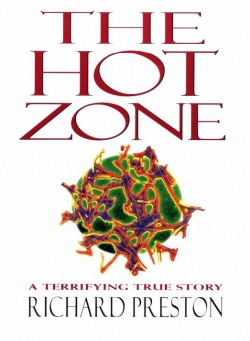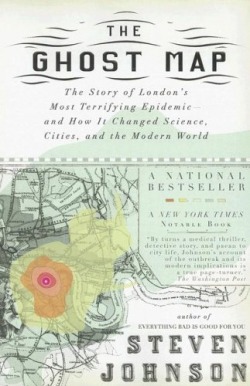

I have a confession: for a long time, I was pretty unclear on what public health, much less epidemiology, actually was. Given the state of public health in the media (you only hear about it when something goes horribly wrong...), it's not all that surprising. However, we have public health to thank for many of the things that we currently take for granted - like the idea that smoking is dangerous and the elimination of many once-dreaded childhood diseases like measles and polio. My interest in the field of public health in general, and epidemiology in particular, began when I read Richard Preston's The Hot Zone and I continued to be inspired by popular accounts of how epidemiology interacts with modern life in very hidden ways.  If you think that you might have even a passing interest in public health, I encourage you to check out the two books above. They each highlight why epidemiology is such a fascinating field, but they approach it from two different directions. My favorite of the two is The Hot Zone, which follows the US Army's attempt to contain an Ebolavirus outbreak (yes, that Ebola) in Reston, VA (yes, the one next to Washington D.C.). The book has some fairly surreal scenes - like an army clean-up unit staring at a busy playground while the suit up to enter an infected monkey house in secrecy - and it may or may not have contributed to a slightly romanticized view of what epidemiologists actually do (sadly, so far we've not been mobilized to contain any outbreaks and I've not had to run tests on infected monkeys). But the book does highlight the extraordinary level of surveillance that our public health officials must maintain and the variety of situations that they need to be prepared to handle.  Stephen Johnson's The Ghost Map takes a different approach to public health - how it can be used to clean up after a disaster. In the mid-19th Century, people began flocking from the countryside to the city, creating the lifestyle that most of us now take for granted. The population of most major urban centers exploded, and to borrow a phrase from Johnson, London was "... a Victorian city with an Elizabethan infrastructure." The recent conquest of India brought a different kind of immigrant to England's capital - Vibrio cholerae, a nasty bacterial species that causes cholera, which produced extremely severe diarrhea. From 1853-54, a cholera outbreak killed 10,000 people in London, and The Ghost Map tracks how the cause of this disease was discovered and how the later public health improvements helped create what we think of as modern urban infrastructure. Both books are great reads, especially if you think you might be interested in this thing called "public health" - and yet they only scratch the surface of one aspect of one part of one discipline of the whole. There's lots more good books out there - The Coming Plague comes to mind, and I'm sure that some of you may have suggestions of your own.
0 Comments
|